Trending:
Babri demolition: A turning point in India’s history
The Babri Masjid demolition, which took place on December 6, 1992, remains a defining and controversial event in India's history. It stands as a stark reminder of the deep-rooted tensions between religion, politics, and identity that continue to shape the nation's social fabric.- New Delhi - UPDATED: December 6, 2024, 10:41 PM - 2 min read

The Babri Demolition A 32 Year Saga.
The Babri Masjid demolition, which took place on December 6, 1992, remains a defining and controversial event in India's history. It stands as a stark reminder of the deep-rooted tensions between religion, politics, and identity that continue to shape the nation's social fabric.
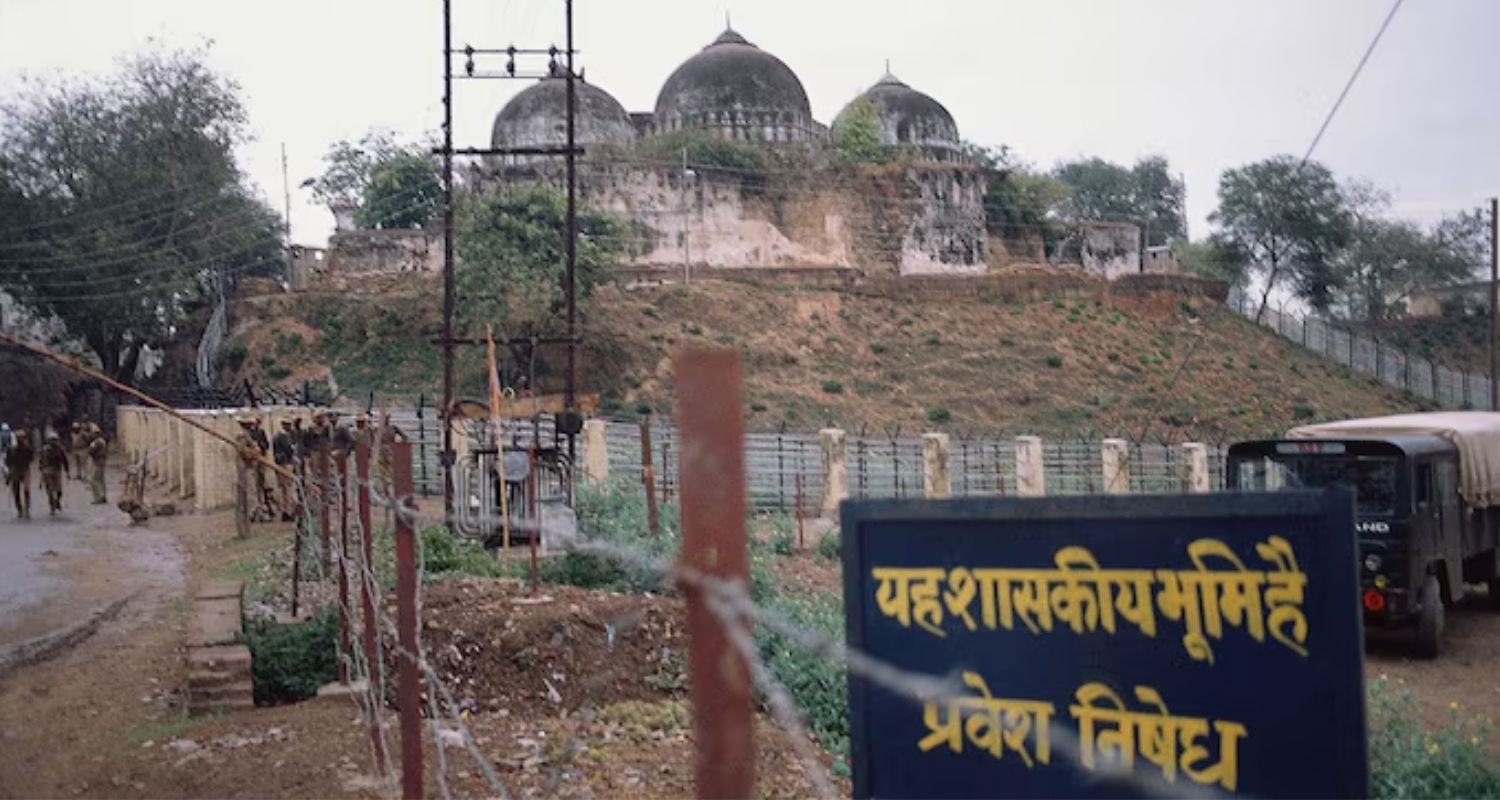
The incident, which unfolded in the small town of Ayodhya, shook the country to its core, leaving a lasting impact on both the political landscape and the religious psyche of India.
The events leading up to the demolition were marked by an atmosphere of intense mobilisation. Kar sevaks, or religious volunteers, gathered from all corners of the country in response to calls to "reclaim" the disputed land.
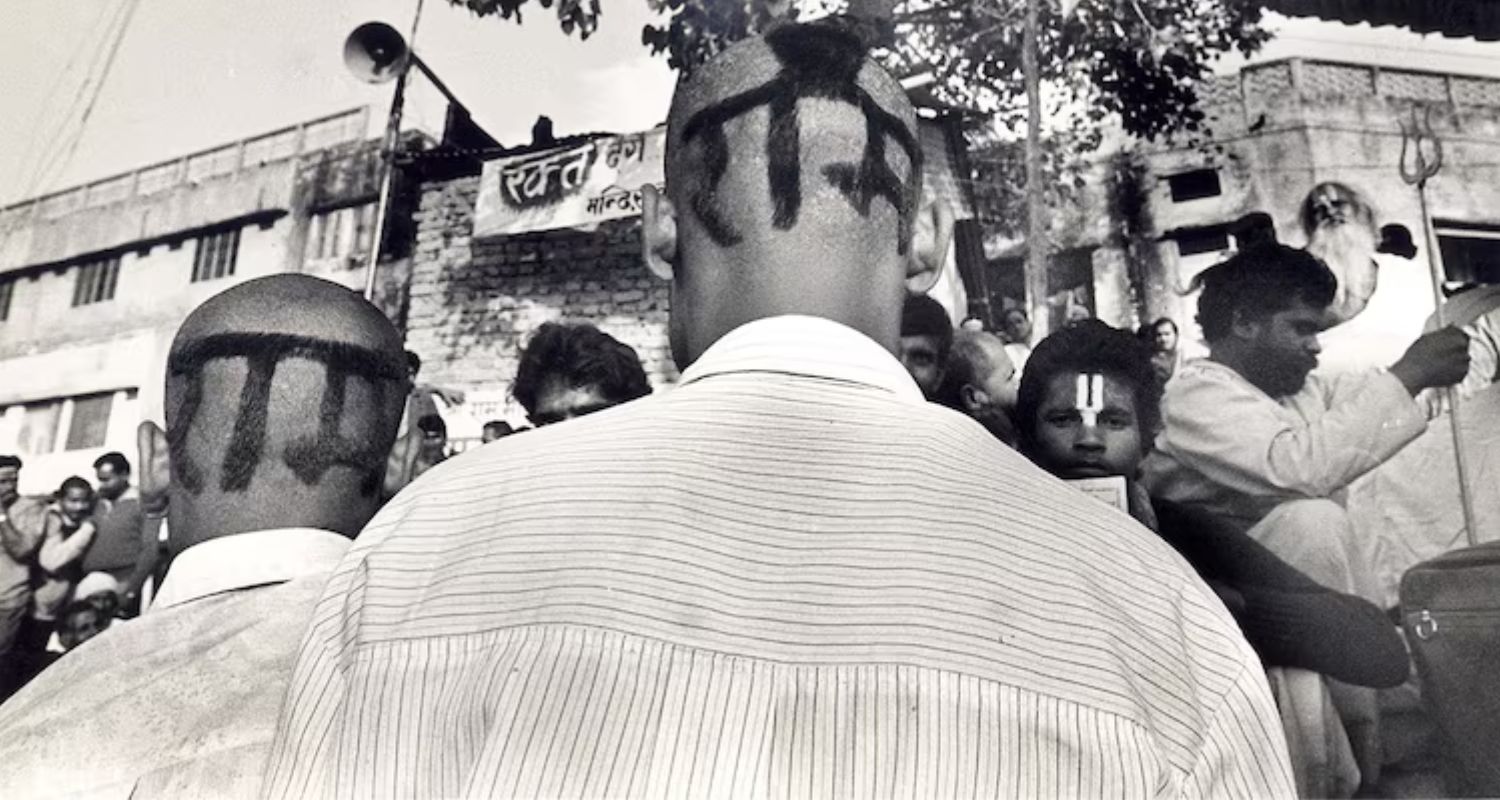
The scene in Ayodhya was chaotic, as thousands of people poured into the town, driven by strong religious fervour and the belief that they were participating in a historic moment. The city of Ayodhya, a symbol of religious dispute, became a flashpoint for larger ideological battles.
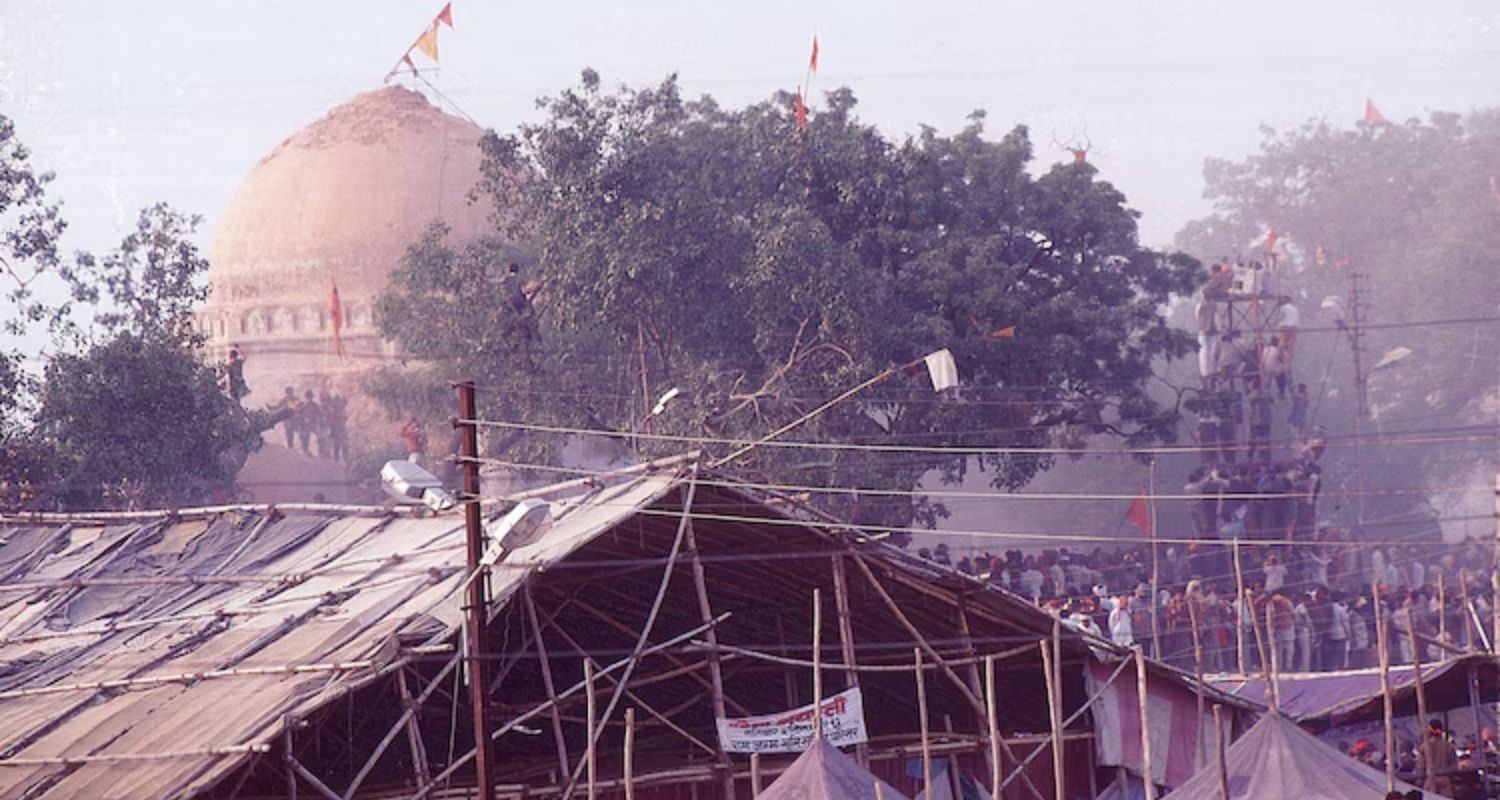
BJP leaders, particularly Lal Krishna Advani, played a crucial role in stoking the passions of the masses. Advani's speeches during this period were highly charged, calling for the restoration of the Ram Janmabhoomi site, which was believed by many to be the birthplace of Lord Ram.
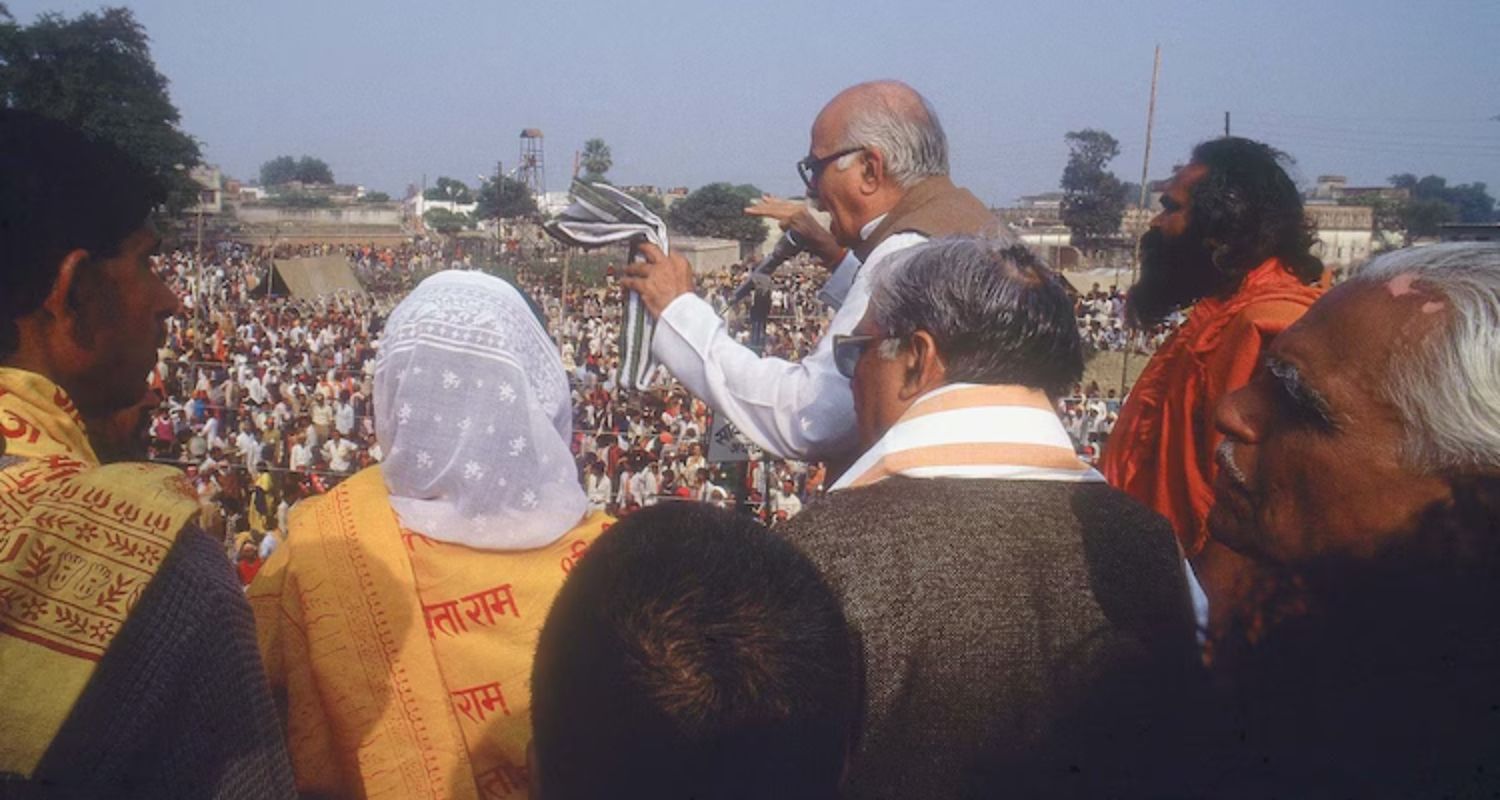
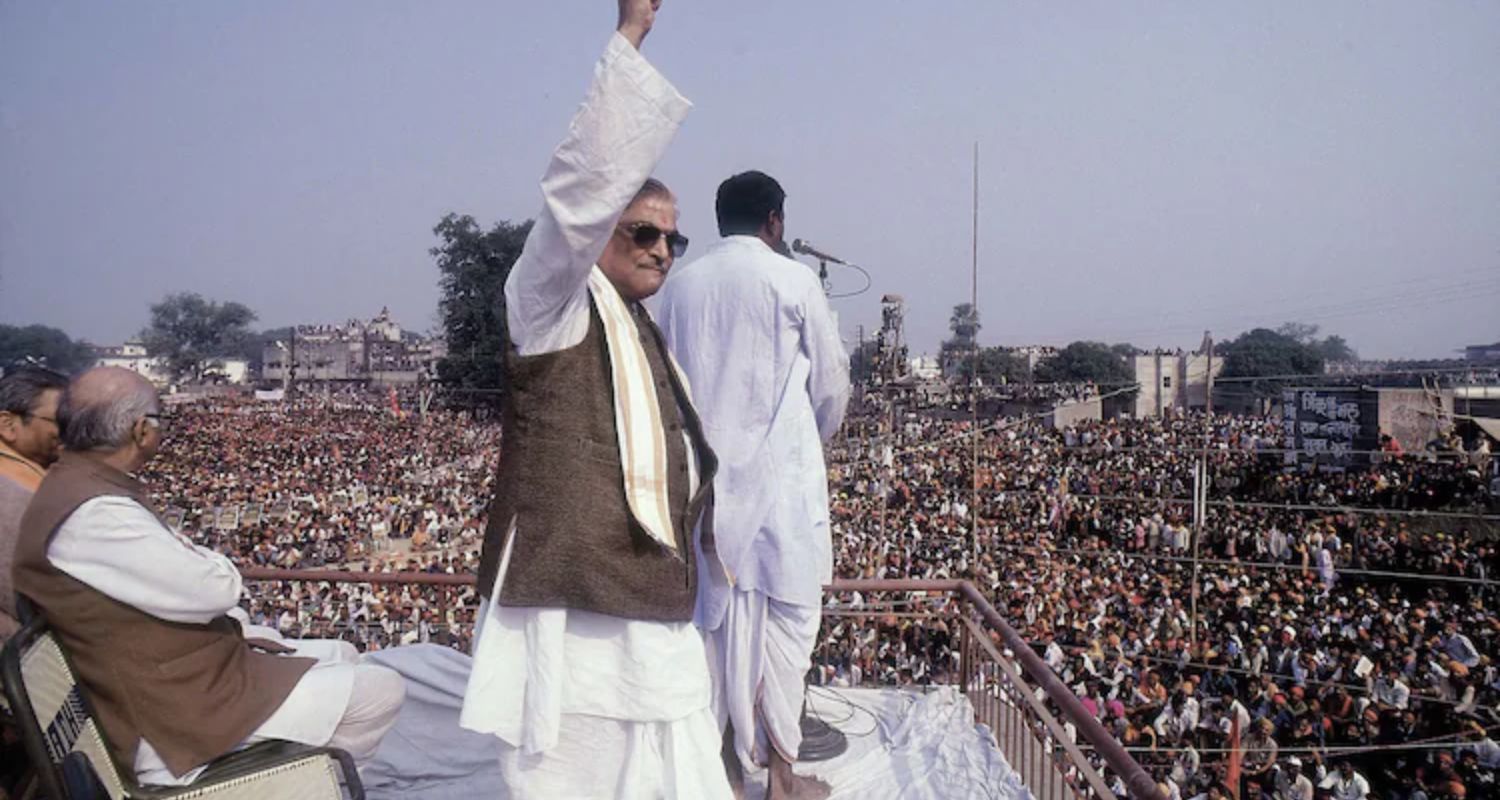
The political undertones of these speeches were clear, as the BJP sought to capitalise on the emotions of the masses for electoral gains.
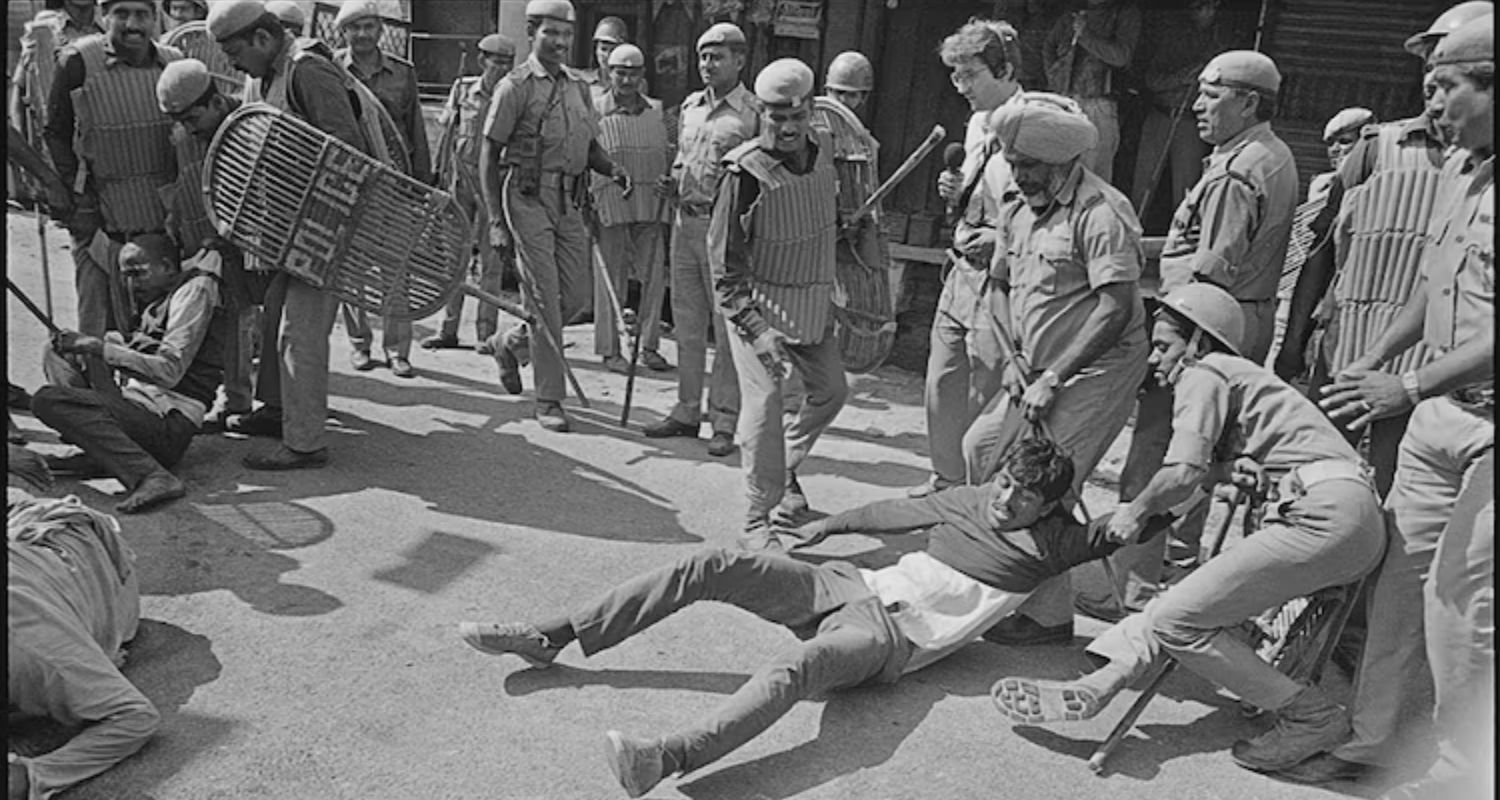
Alongside Advani, leaders such as Sadhvi Uma Bharti, who was associated with the Hindutva ideology, also delivered fiery speeches, galvanising the crowd and reinforcing the political narrative that the Babri Masjid stood in the way of the construction of a Ram temple.
The situation escalated quickly, and the first breach of the Babri Masjid’s outer defences marked the beginning of the violence that would follow. The tension between the kar sevaks and security forces grew as the situation turned increasingly hostile.
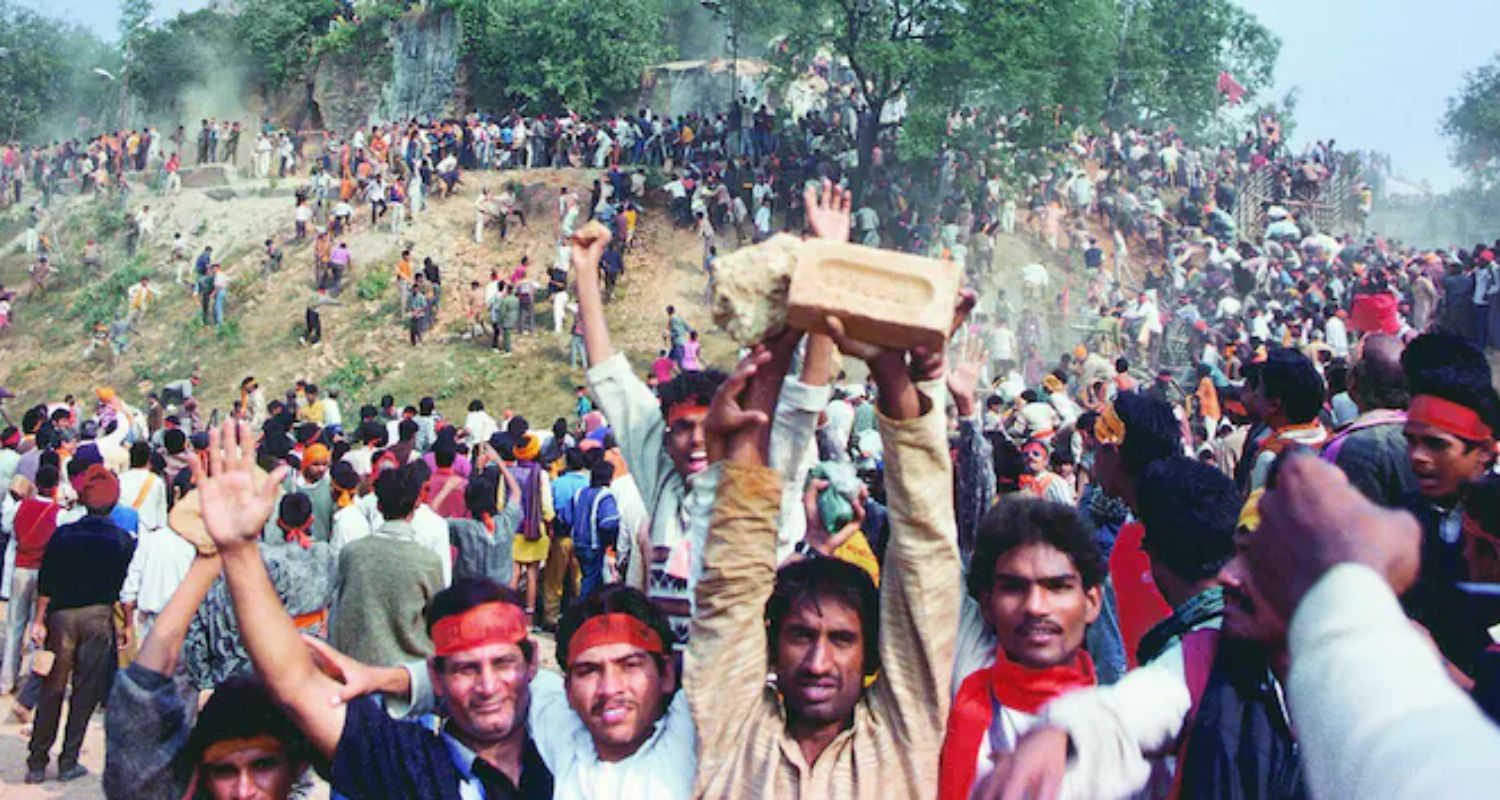
The tragic loss of life on that day was a clear indication of how deeply entrenched the conflict had become. At least 18 kar sevaks were killed, and 43 others injured when paramilitary forces opened fire in an attempt to control the crowd, which had grown to over 10,000. The violence had begun, and there would be no turning back.
As the afternoon wore on, the demolition of the mosque unfolded in front of the world’s eyes. The process was not quick; rather, it took several hours for the mosque to be brought down, with kar sevaks using hammers and other tools to tear down the structure.
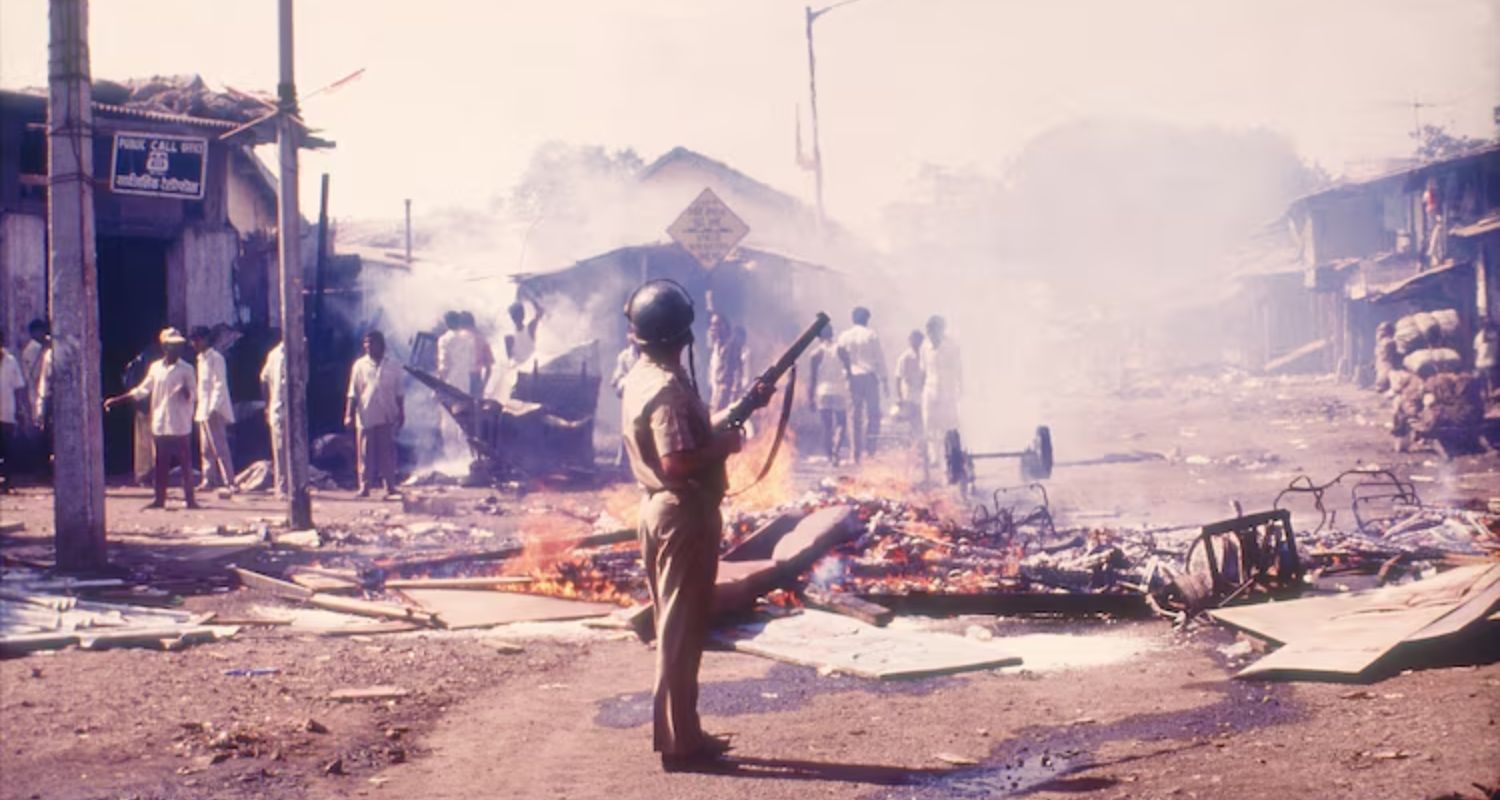
The images of this moment were broadcast globally, shocking viewers and raising alarm about the consequences of such an act. The demolition was not just the destruction of a building but a symbolic gesture that deepened the divisions between Hindus and Muslims in India.
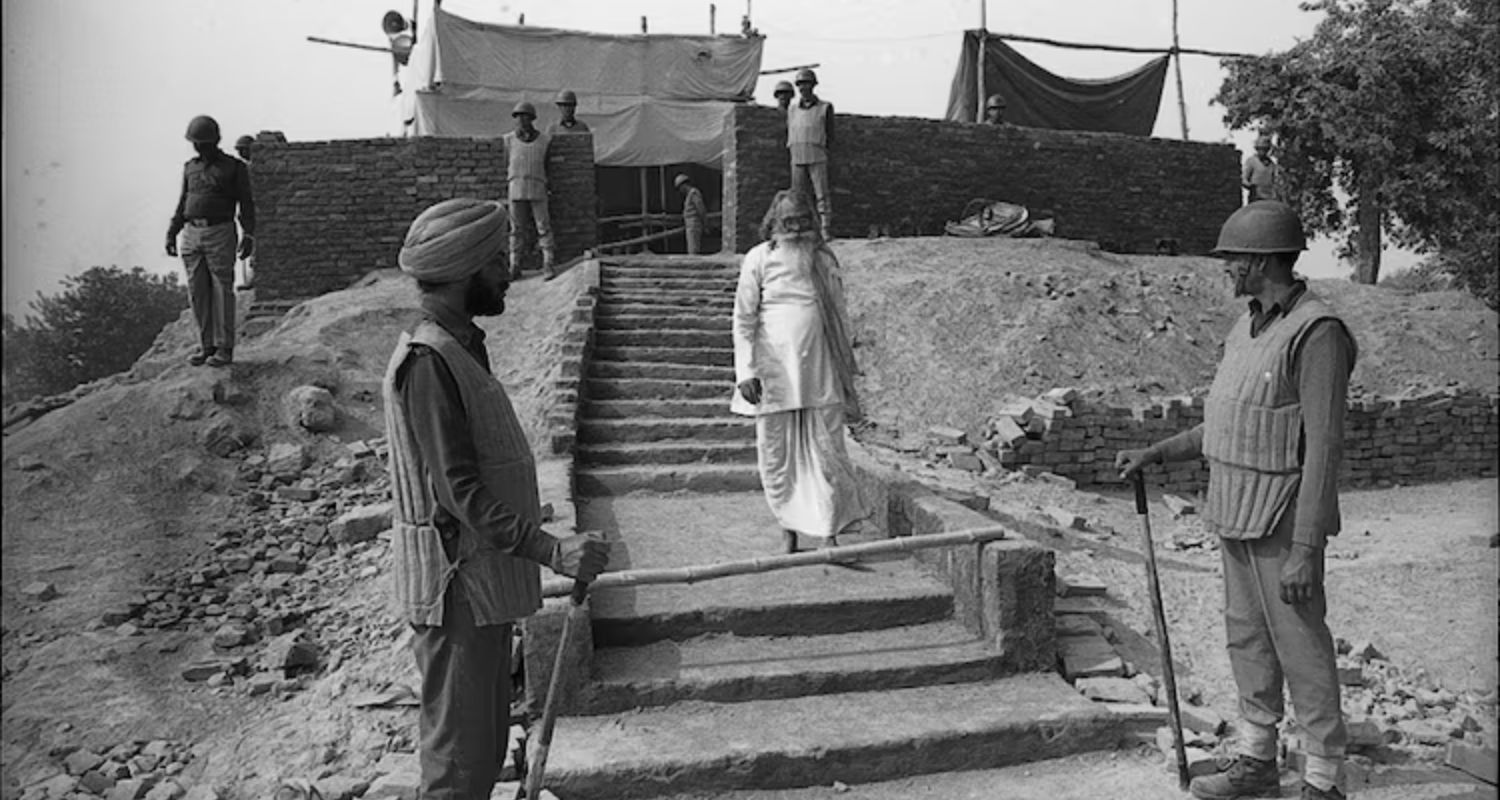
The immediate aftermath of the demolition was marked by widespread communal riots across the country. The destruction of the Babri Masjid ignited violent protests, and the clashes led to the loss of over 2,000 lives, predominantly among the Muslim community.
The violence that followed left deep scars on the social fabric of India, as trust between communities eroded and religious tensions soared.
Politically, the demolition created a profound shift in India’s landscape. The incident became a rallying point for right-wing Hindu nationalist groups, while secular political forces were left grappling with the implications for India’s constitutional framework, which guarantees freedom of religion.
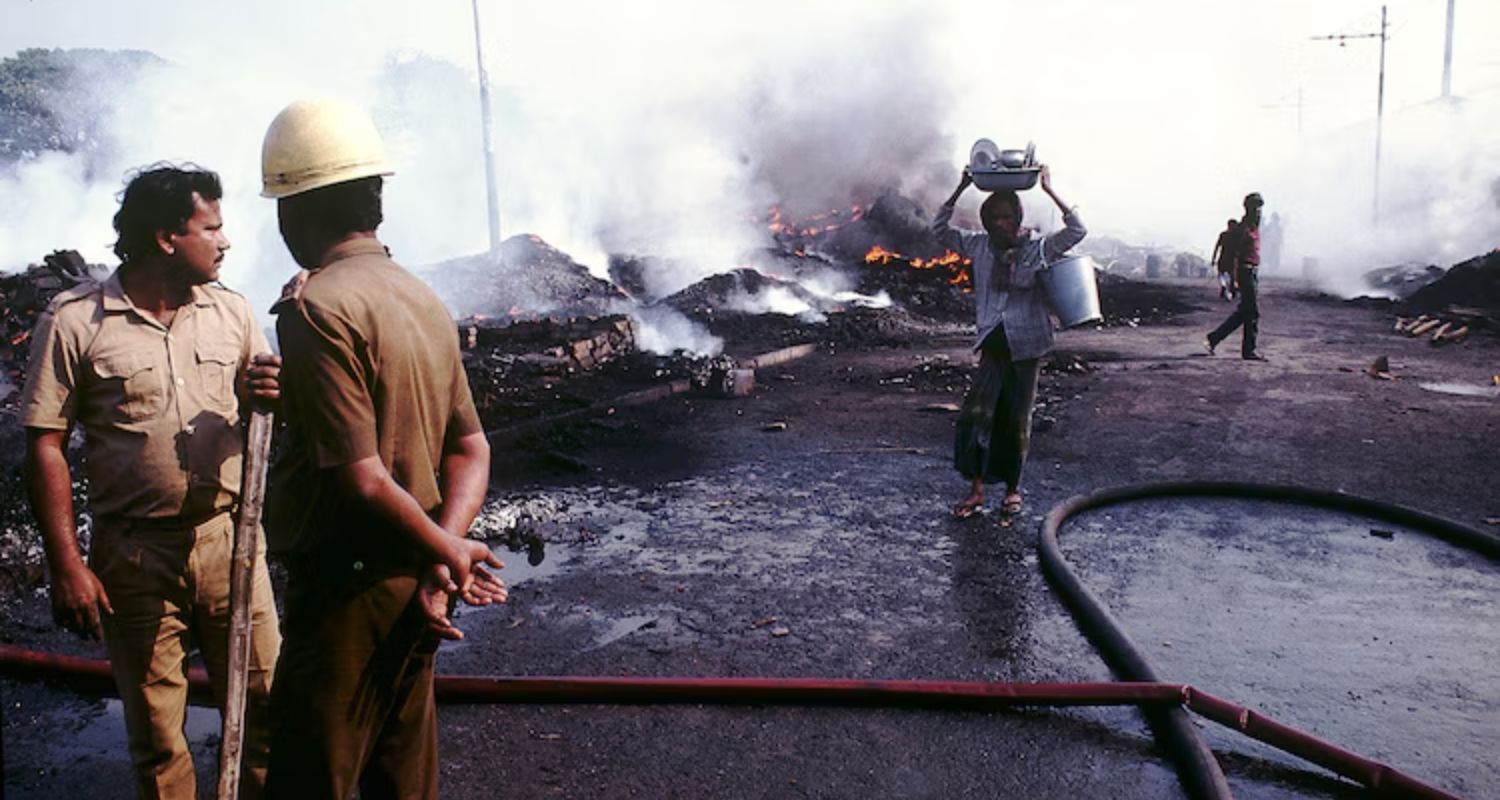
The subsequent legal and political battles over the land in Ayodhya continued for decades, with multiple twists and turns.
In 2010, the Allahabad High Court issued a ruling that divided the disputed land into three parts: one for the Sunni Waqf Board, another for the Nirmohi Akhara, and the last for the Ram Lalla deity. However, the matter did not end there.
The Supreme Court of India intervened, and in a landmark 2019 judgment, it ruled that the entire 2.77-acre site should be handed over to the Ram Janmabhoomi Trust for the construction of a Ram temple.
In a move to balance the interests of the Muslim community, the court also ordered the government to allocate five acres of land elsewhere in Ayodhya for the construction of a mosque.
The Ram Mandir construction, which began after this judgment, has been a highly symbolic project for many Hindus. On January 22, 2024, the temple was opened to the public during a grand ceremony, marking the culmination of a decades-long struggle.
Construction continues, with plans to build smaller temples within the complex. This marks a new chapter in the history of Ayodhya, one that reflects the changing dynamics of religious and political identity in India.
At the same time, the legal proceedings surrounding the demolition of the Babri Masjid also came to a close in 2020. A special CBI court acquitted all 32 accused individuals, including several prominent BJP leaders, citing insufficient evidence to convict them.
The verdict, however, did little to heal the wounds left by the events of December 6, 1992, and the demolition continues to remain a flashpoint in India's collective memory.
